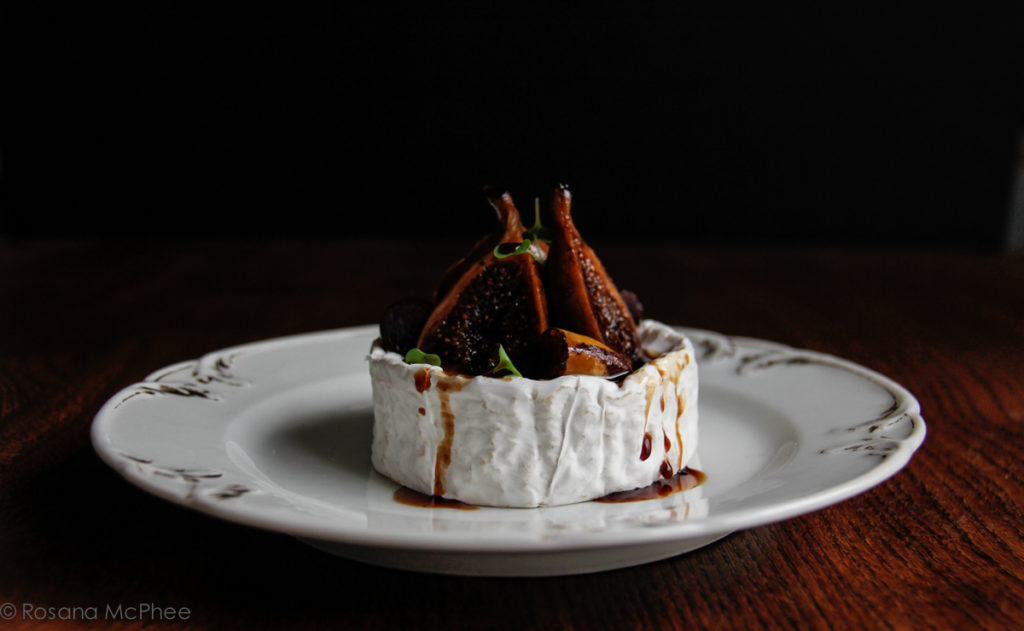About Figs
Figs are rated as some of the world’s healthiest fruits due to the multiple benefits associated with them. These highly sort after fruits grow on fig trees that originated from the Middle East and Asia. As they became popular over the ages, their cultivation moved to more temperate regions of the world including North America and Europe. These trees grow to become up to 10m tall and have an extensive root system that enables them survive in dry conditions by digging deep into the ground.
The fruits from these trees are referred to as figs and are classified as false fruits. They are the scion of the tree and have a hole in the middle through which pollination takes place. After pollination, seeds are formed within the fig. It is this matured fruit that most people look to for natural healing capabilities.
Health Benefits of Figs
Figs have been found to be great at helping manage high blood pressure. These fruits are rich in potassium, which helps control the level of blood pressure. It is important to note that high consumption of salt rich in sodium coupled with low potassium diet increases the risk of high blood pressure. Figs can be consumed as a source of potassium.
Figs are known to have a chewy flesh and soft skin together with crunchy seeds. These offer a high level of fibre intake that is filling to the stomach. High fibre diets are favoured for weight loss applications as promote a feeling of satiety.
Figs are seasonal fruits that are available during autumn in Europe. These fruits are known to be highly perishable, and it can be argued that part of their appeal comes from the fact that they are rare due to this perish-ability. In a bid to reduce perish-ability, figs are dried when available and offered as dried sweet fruits.
A Fig recipe
Figs have juicy, chewy flesh and crunchy seeds all with an excellent sweet taste. The fruit can be enjoyed when dried or fresh, and prepared with other ingredients to make the best desserts and meals sweetened with their natural sugars.
Some delicious recipes that come to mind are poached figs in wine or juice and then served with frozen desserts or yogurt. Dried figs make perfect pairing with blue cheese and pork tenderloins to make an incredibly tasty meal that balances the sourness of blue cheese with their sweetness. Here is my recipe for a delicious pickled figs, a conserve that will delight everyone.
Balsamic Pickled Figs and Brazil nuts recipe
figs and nuts, 2 jars of 500ml.
- 500g small fresh figs*
- 1 cup balsamic vinegar (200ml)
- 2 cups water (400ml)
- 1 cup wild honey (200ml)
- 2/3 cup muscavado sugar + 1 heap tbsp of white sugar
- 1 cup shelled halved Brazil nuts
- lemon zest
- 2x cinnamon sticks
- 2x star anise
- Prick each fig a couple of time with a skewer. Place figs in a large
pot and cover with boiling water. Gently swish the figs around for 1 minute,
drain and let them cool. - Combine vinegar, water, sugar and honey in a large non-reactive pot.
Bring to a boil and slow simmer for 15 minutes. - Add the figs into the simmering syrup. Simmer uncovered for fifteen
minutes, add the Brazil nuts and the lemon zest. Continue simmering for
another 15 minutes. The liquid should look dark and slightly syrupy. - Arrange figs in jars, dividing the cinnamon sticks and star anise in
each one and the lemon zest evenly between them. With a ladle pour the syrup over the
figs leaving 1/2 inch of headroom. - Close and seal in sterilised jars.
 |
| Pickled figs |
 |
| pickled figs, Camembert, prosciutto crudo open sandwich |


